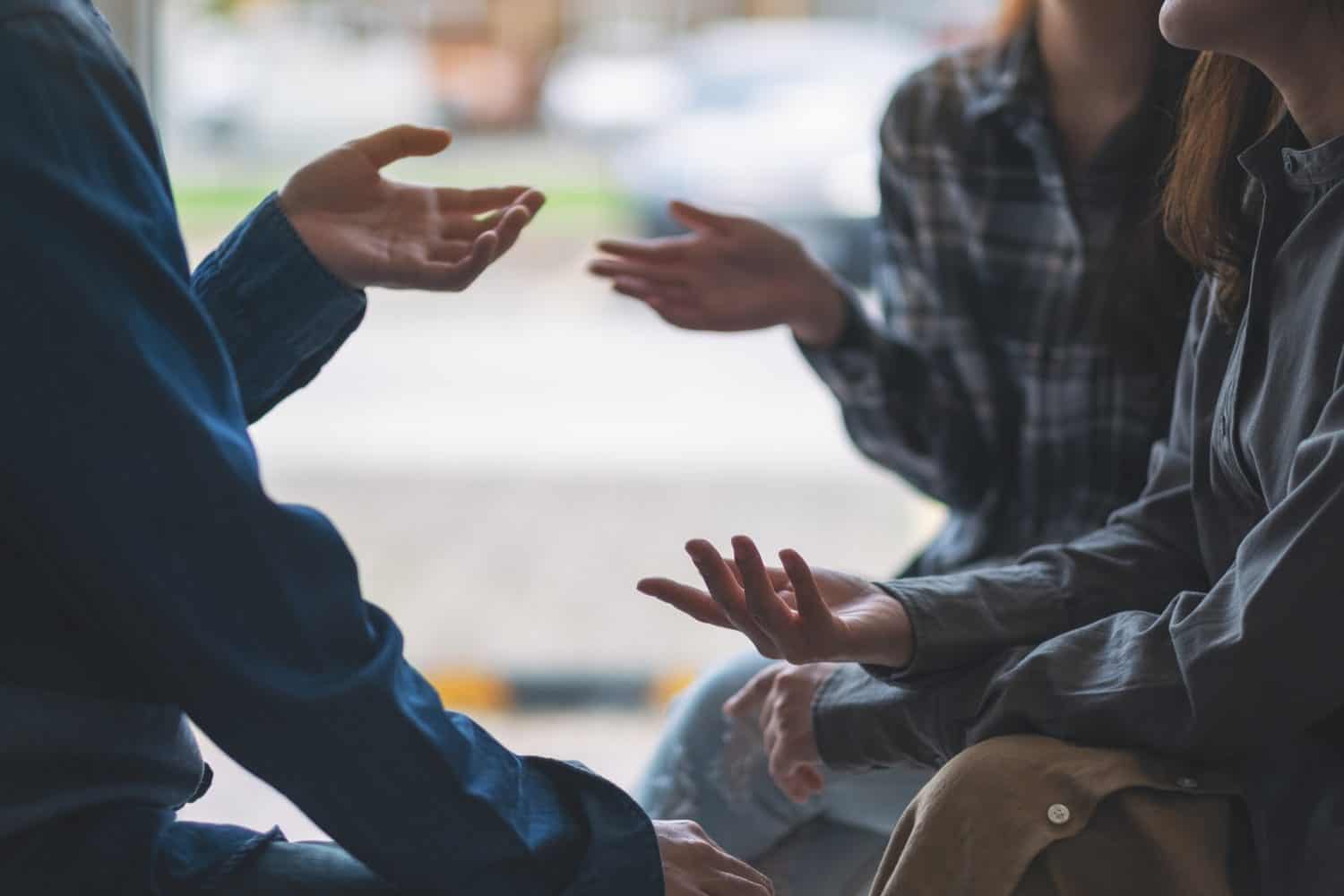Reading and translating body language clues is a complex science known as kinesics. People express their feelings and emotions through more than words. Nonverbal communications such as a hand gesture or shrug of the shoulder provide clear insight into a person’s thoughts. Other body movements, stances, and facial expressions require more insight to gauge how someone is feeling.
Ray Birdwhistell wrote “Introduction to Kinesics” in 1952, and he’s credited with creating this scientific field. He defined it as “the study of body motion as related to the non-verbal aspects of interpersonal communication.
Birdwhistell held a Ph.D. in anthropology and spent time with British Columbia’s Kutenai tribe. He became fascinated by their ability to read posture and body distance to identify tribal members from interlopers. People today have him to thank for understanding body movements, facial cues, stances, and hand gestures to read how people feel.
I’ve compiled 28 facial expressions, postures, hand gestures, or body positions to help you read body language. It helps understand when a date is going well or when it’s not, how an interview is going, or what others think as they talk to you. (As you talk to people, make sure you don’t come off as uneducated by using words that have different meanings than what you think.)
Arms crossed across the chest

The first of my body language clues covers a person’s stance while talking to another. When a person stands with their arms over their chest, they’re in a defensive posture. They don’t feel comfortable and may even feel angry or attacked.
Biting the bottom lip
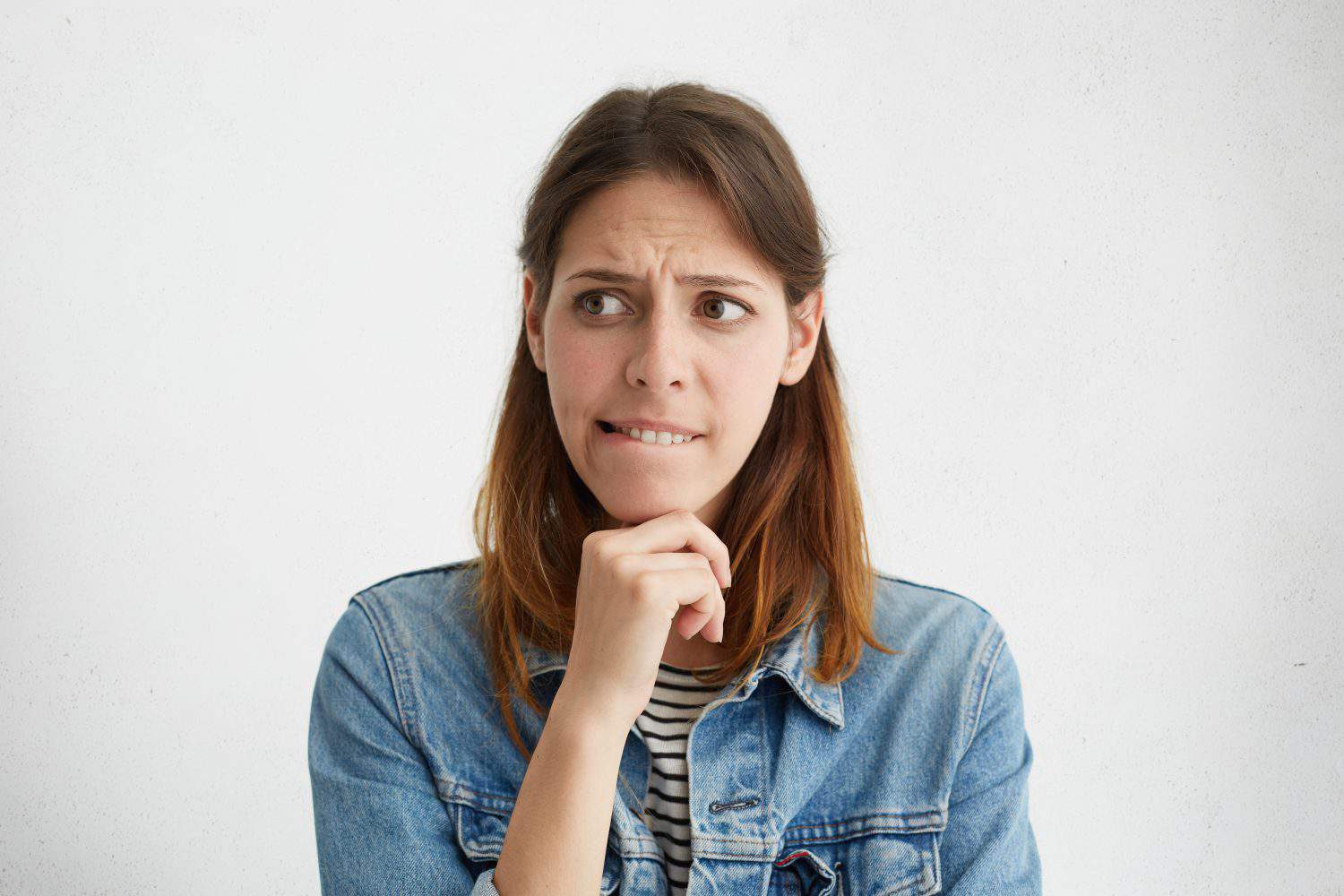
Lip biting is a tricky body language example to decode. For some, it’s a sign of flirting and signals attraction. It can also be a sign that someone is nervous and lacks confidence or that the person is concentrating heavily on what’s been said. Watch for other body postures and facial expressions to determine what the situation is.
Blading
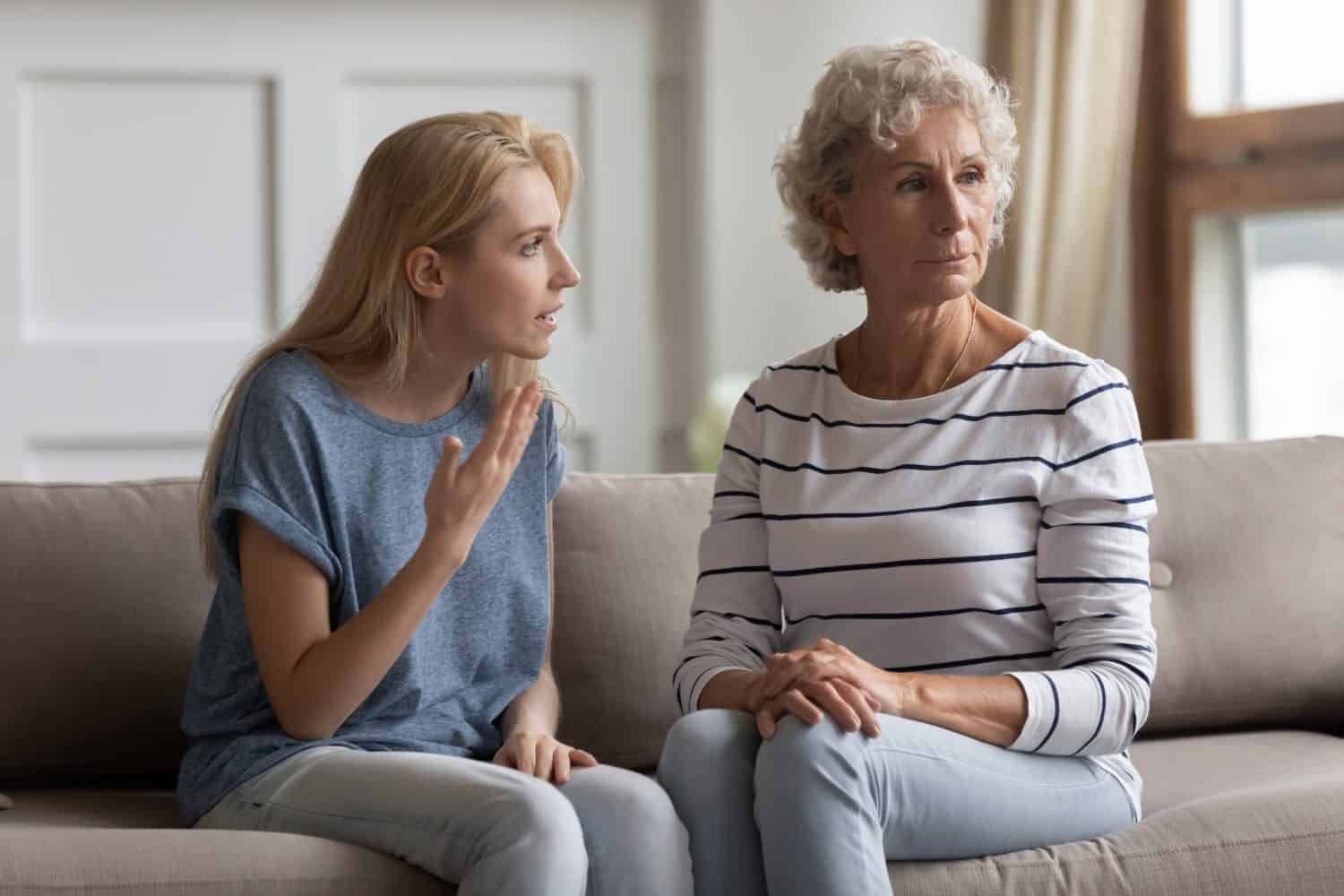
A person’s stance provides a lot of insight when you read body language. Blading is a posture where a person turns to the side rather than facing you directly as you talk. It’s a form of defense when someone feels threatened.
Clasped hands
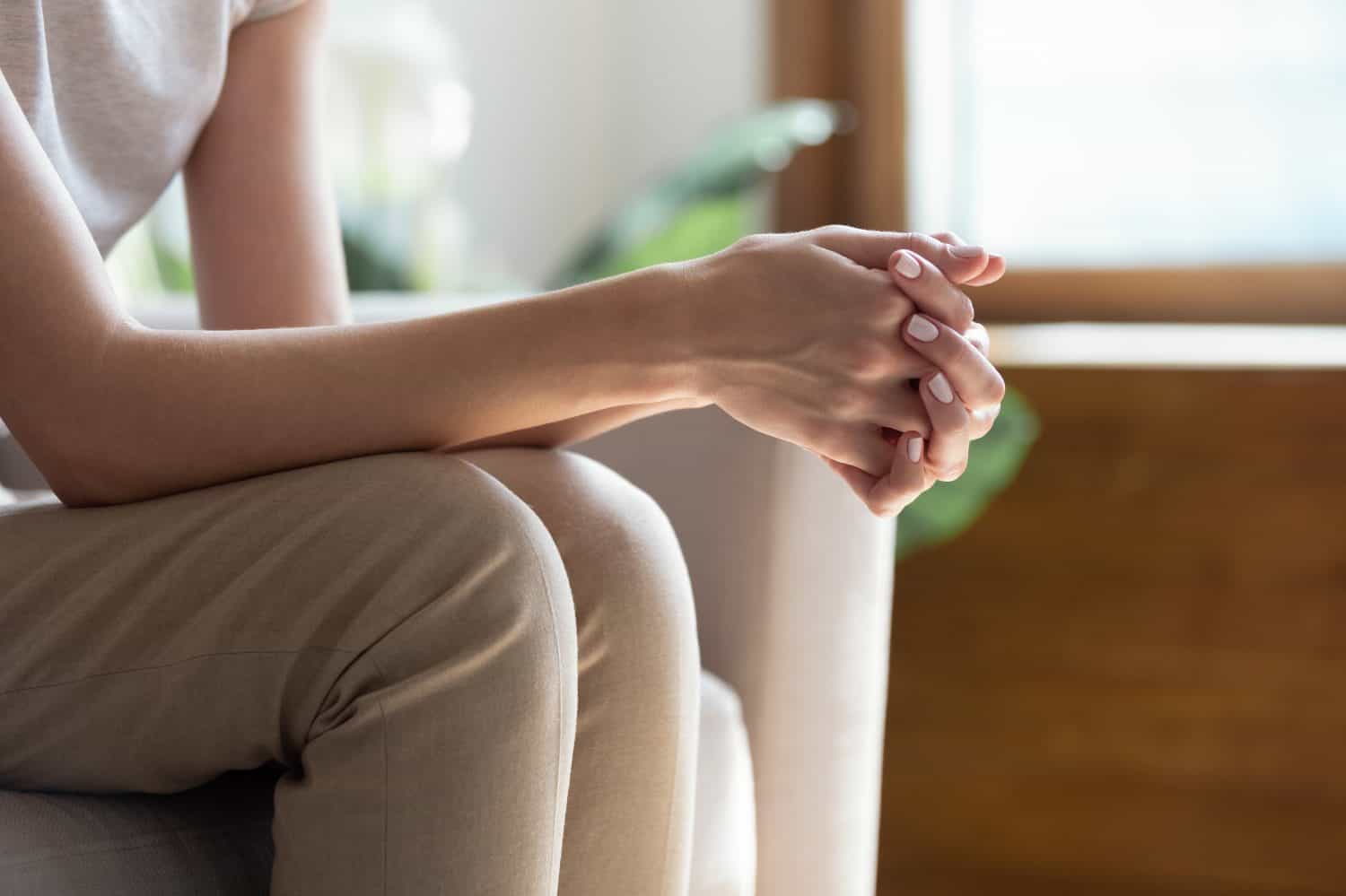
Another sign to look far is clasped hands. It could just be that the person’s hands are cold, especially if they’re rubbing their hands together. More likely, the person seeks comfort and needs to feel more secure.
Crossed ankles
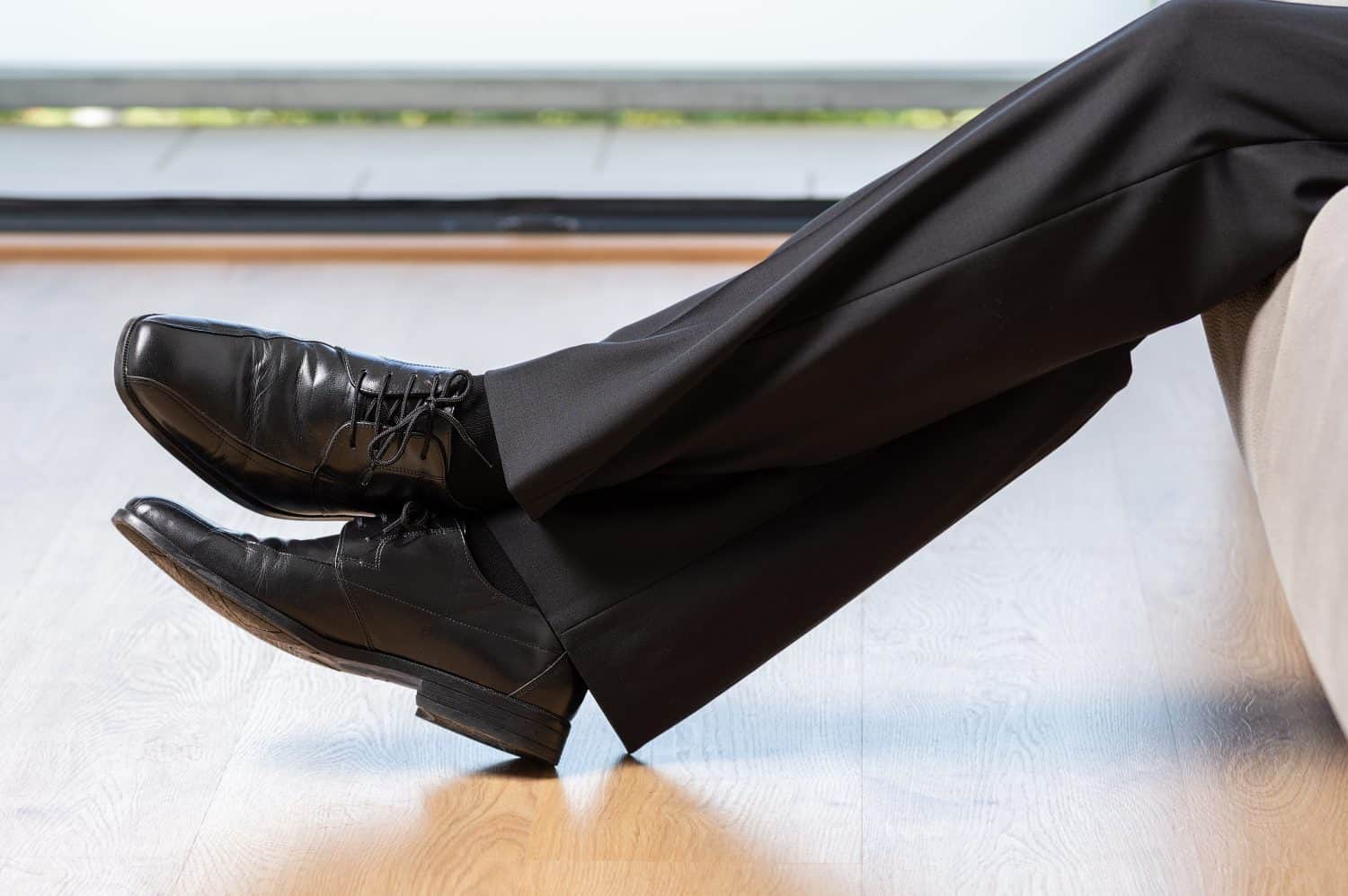
How is the person sitting? That’s another sign that denotes body language. When a person has one ankle crossed over the other, that person isn’t comfortable. The tighter the ankles, the more anxious that person is.
Crossed legs
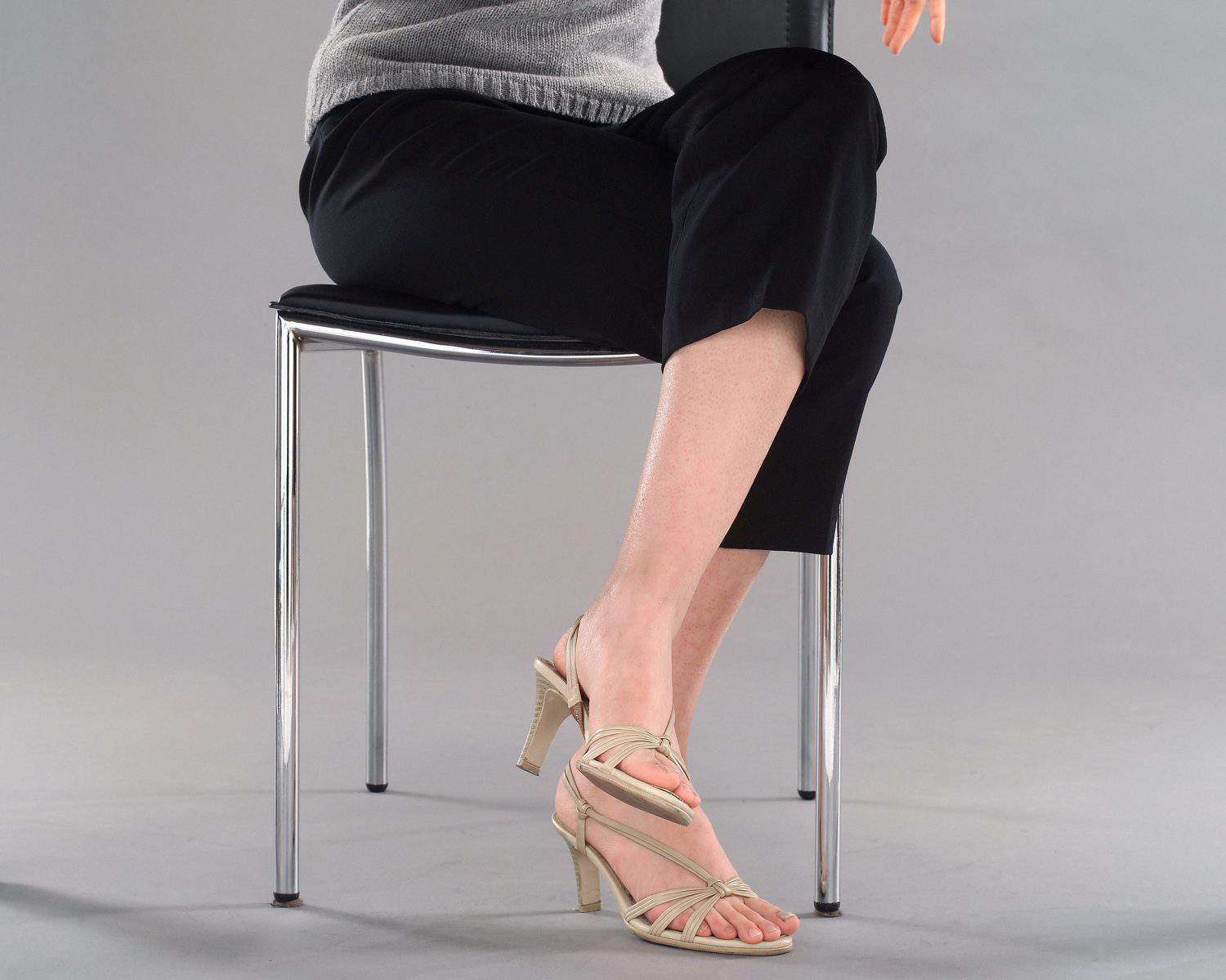
For a woman wearing a skirt, crossed legs are polite. But, if those crossed legs are turned away from you, the woman is not comfortable in the situation. If the legs are forward and arms are relaxed, it’s a sign of confidence and friendliness.
The Duchenne smile
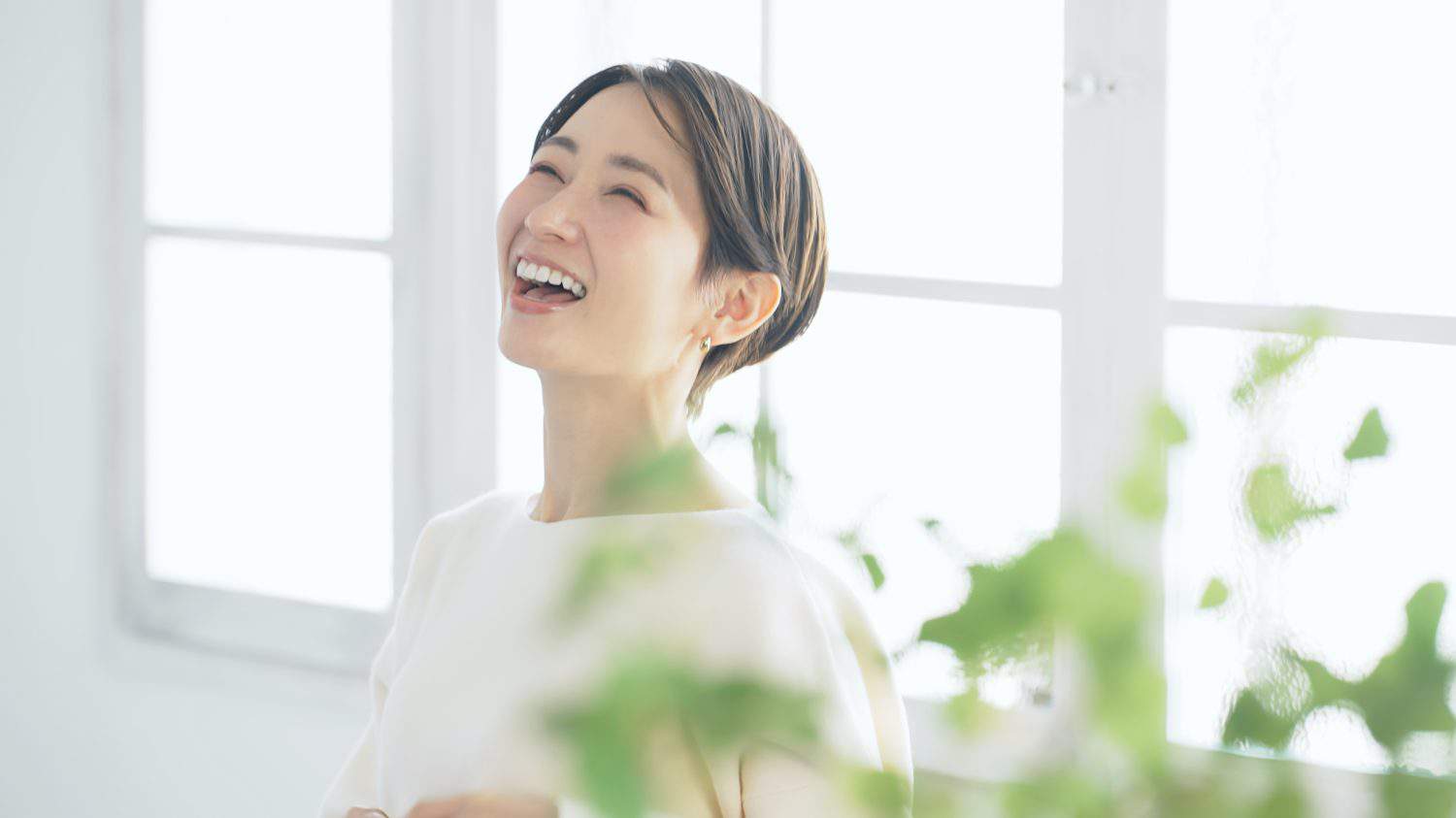
Smiles are the easiest of facial expressions to decode. Sometimes, smiles are forced and fake. The Duchenne smile is the term for a genuine smile that denotes happiness. When it’s a true smile, the smile reaches the eyes, causing the little wrinkles around their corners.
Eye contact

Direct eye contact is a sign of respect. You know the person is engaged and listening to you. If the person often glances down or away, they’re not paying full attention and aren’t comfortable.
Fidgeting
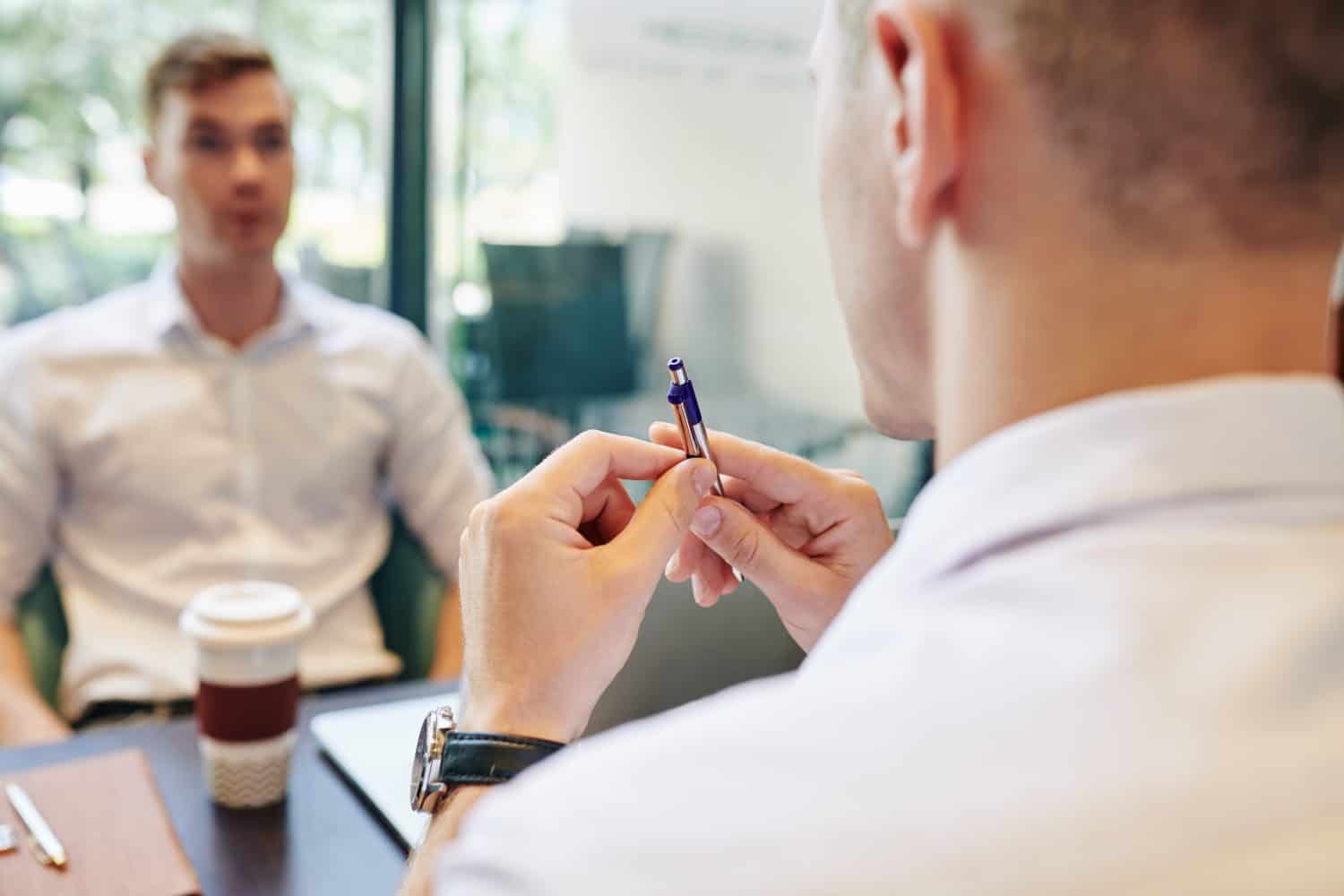
Another clear indicator of unhappiness is someone who fidgets while talking to you. They might be playing with a watch strap, a pen, or keys. They’re not happy in the situation and the fidgeting provides a sensory escape.
Finger tapping
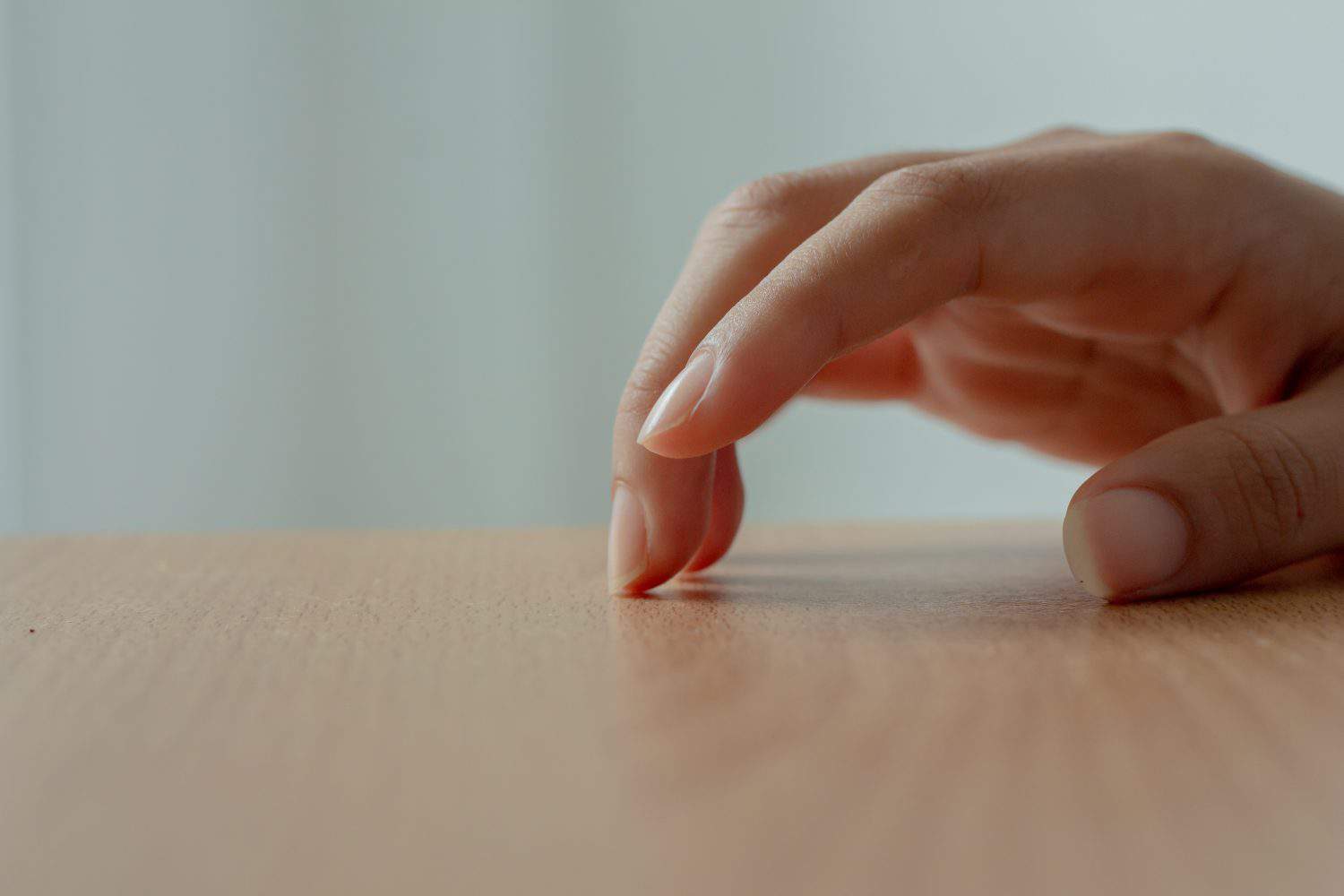
Finger tapping is often a soothing way of alleviating stress or boredom. If someone is tapping their fingers while talking to you, they’re uncomfortable or upset about something and need to ease stress.
Hands behind the back
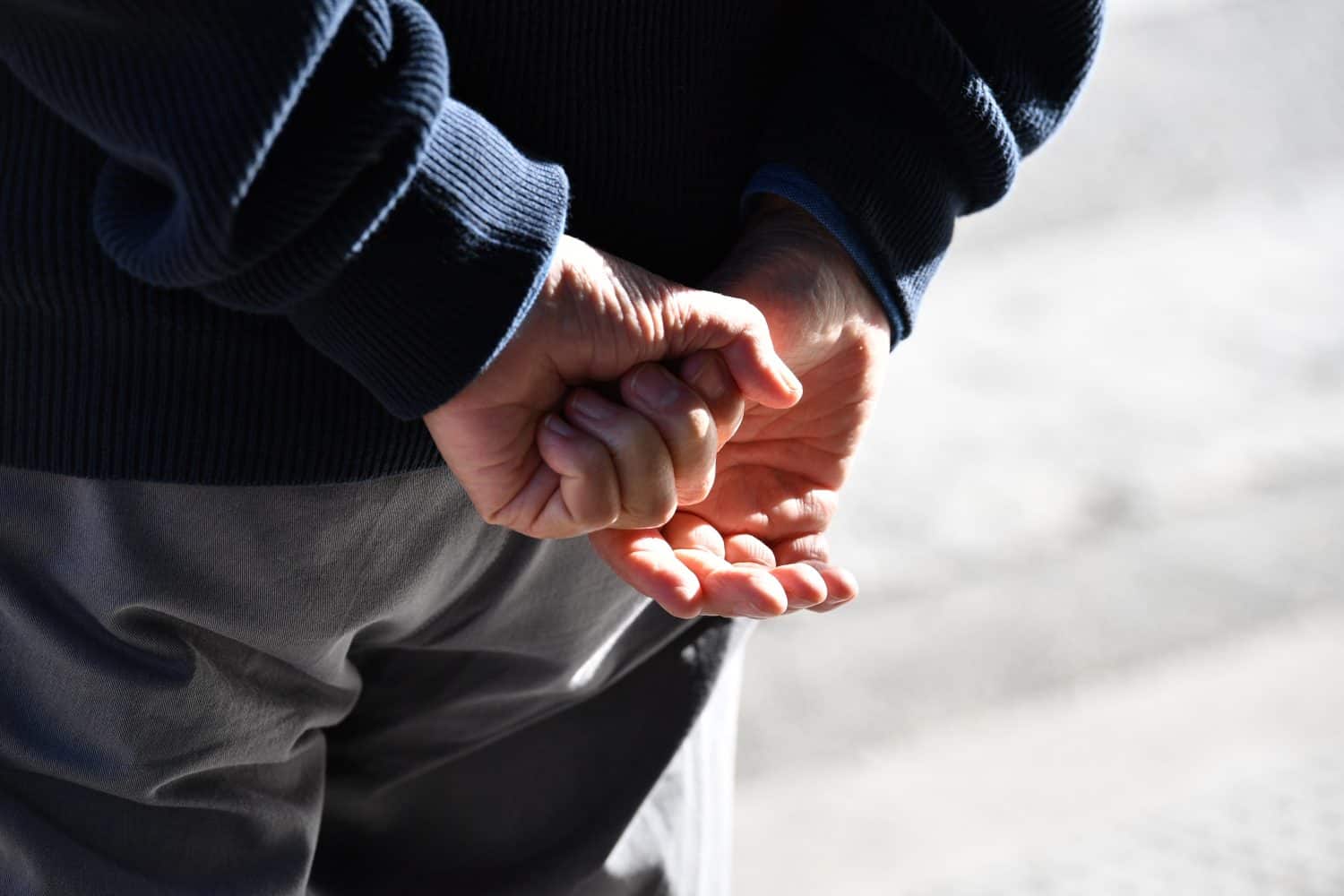
Hand placement is another tool for understanding body language. When the hands are behind the back, it can be a sign that someone is upset and holding back their true feelings.
Hands in pockets
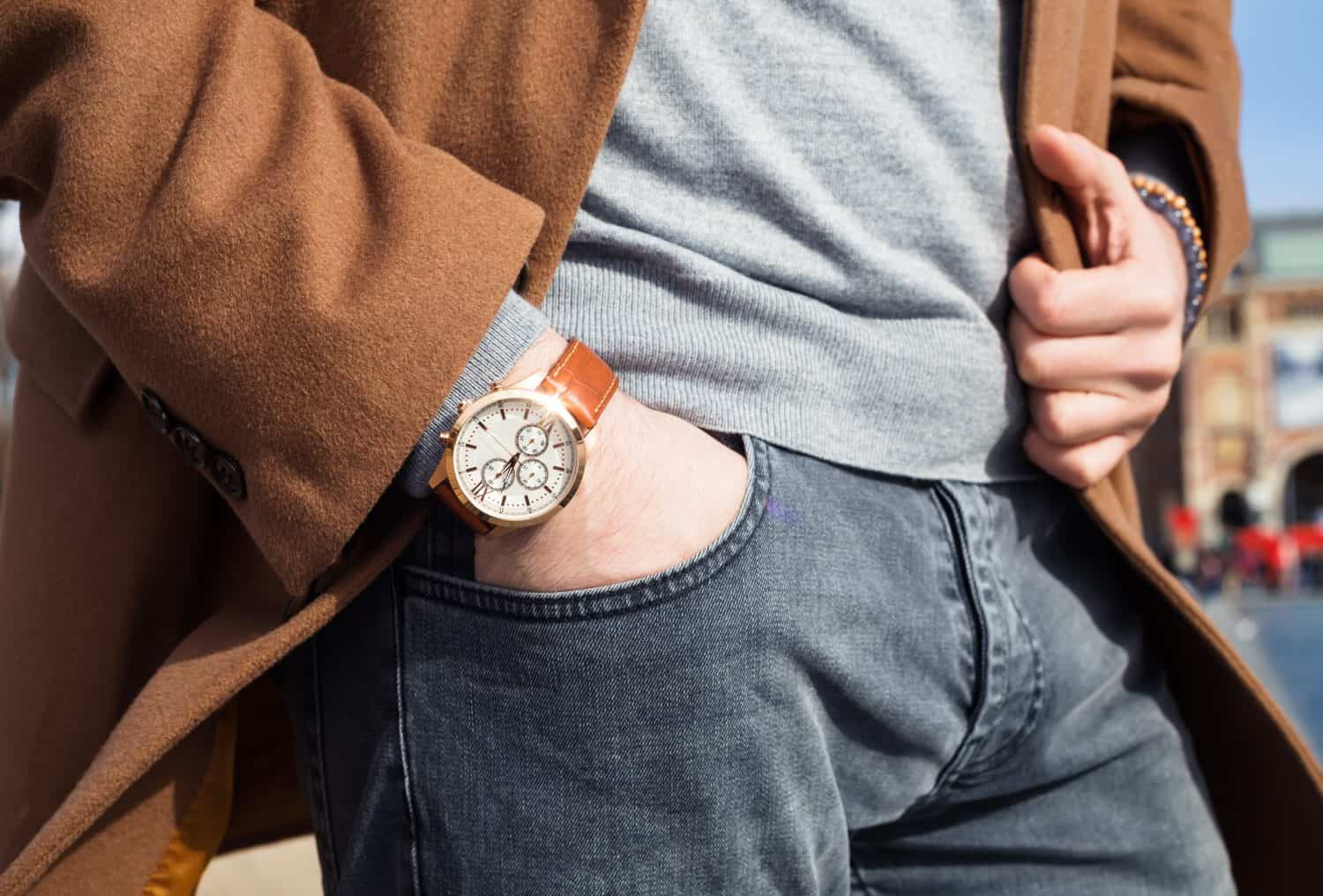
Are the hands or thumbs hidden in a pocket? Don’t read too much into it if you’re outside and it’s cold. If it’s not cold, it could be a sign that the person feels insecure.
Hands on the hips
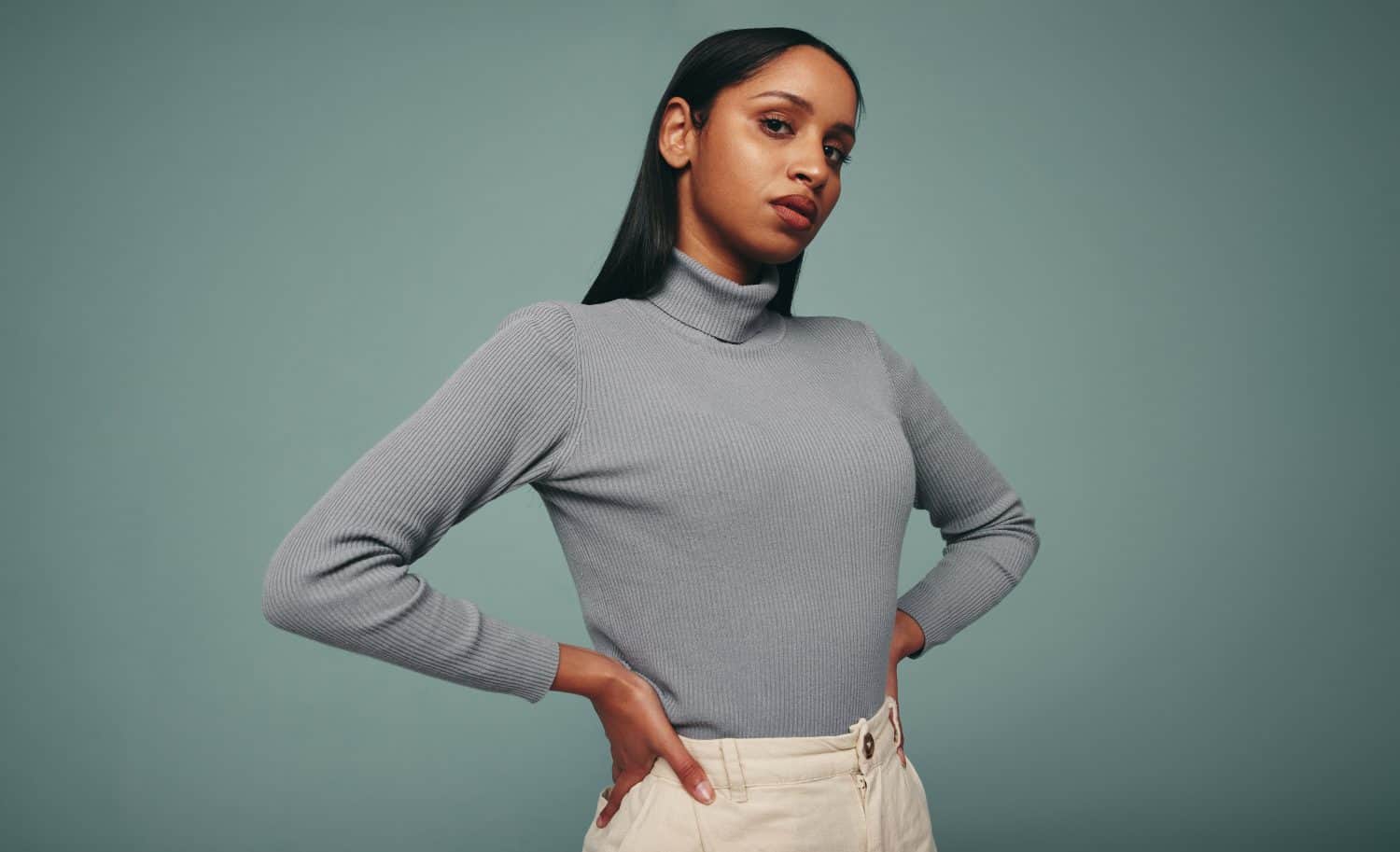
Standing with your hands on your hips is a sign of frustration and anger. It can also be an aggressive response. But, it’s also possible that it’s a sign of enthusiasm, so look at facial expressions, too. If hands are on the hips and there’s a genuine smile, it’s a good thing.
Hunched shoulders
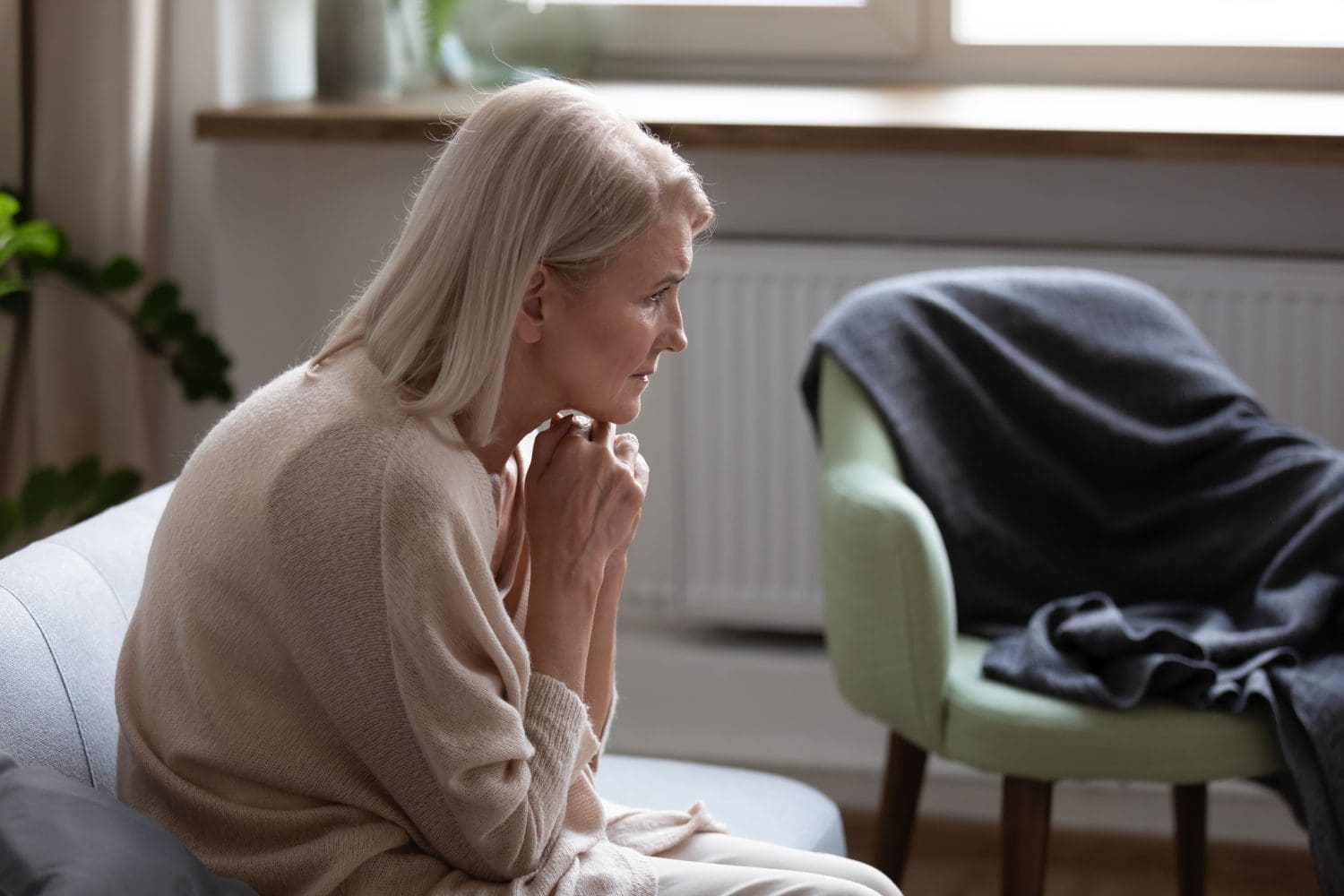
As a child, you probably heard to stand straight with your shoulders up from your parents, gym teachers, etc. When a person talks to you with hunched shoulders, it’s a sign of feeling submissive or less confident.
Leaning in

If a person leans into you while talking, it’s a sign that they trust and like you. They’re putting you first by listening intently and showing their interest in what you have to say.
Looking down
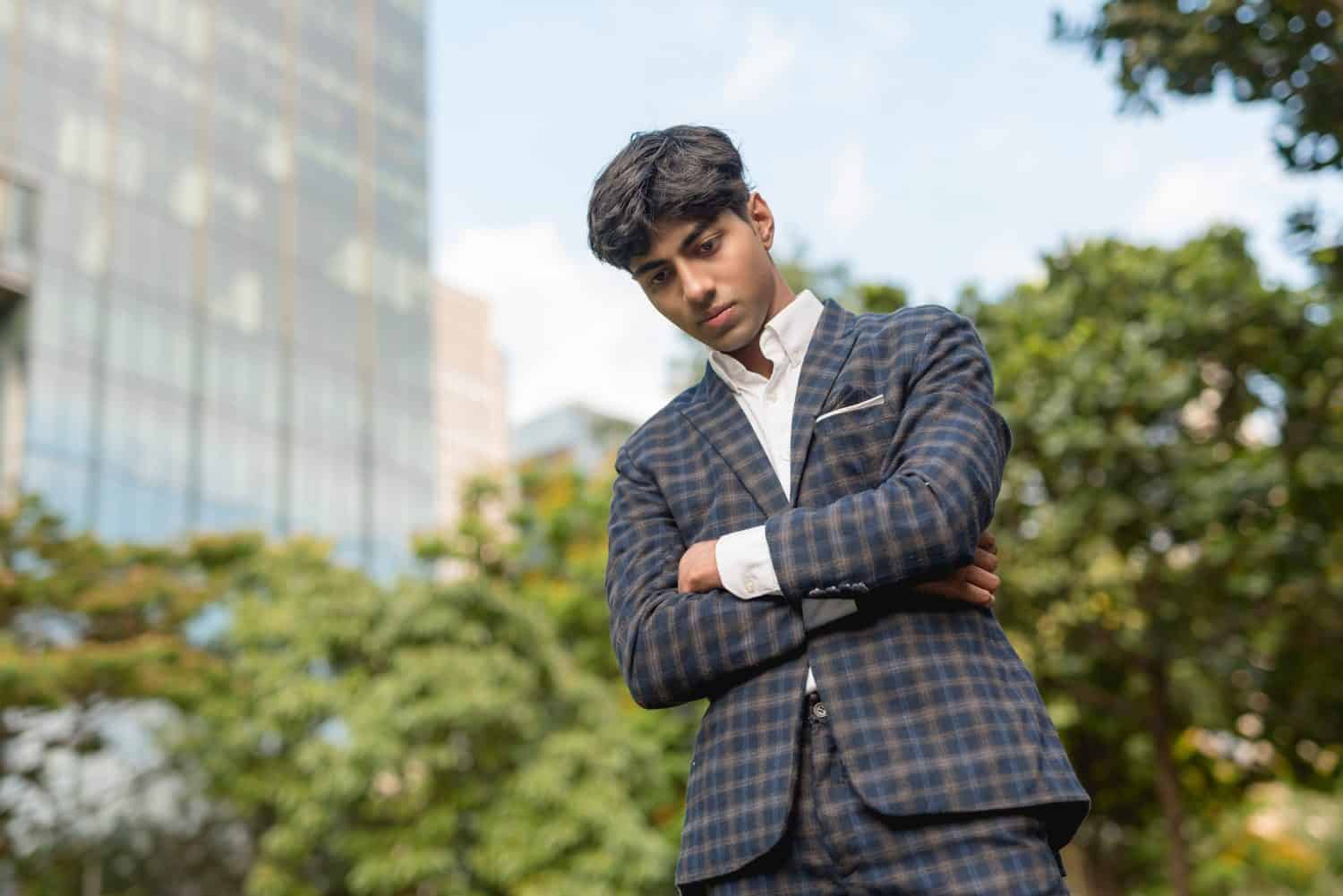
When a person looks down, they’re struggling with confidence. They lack confidence and feel inferior.
Neck rubbing
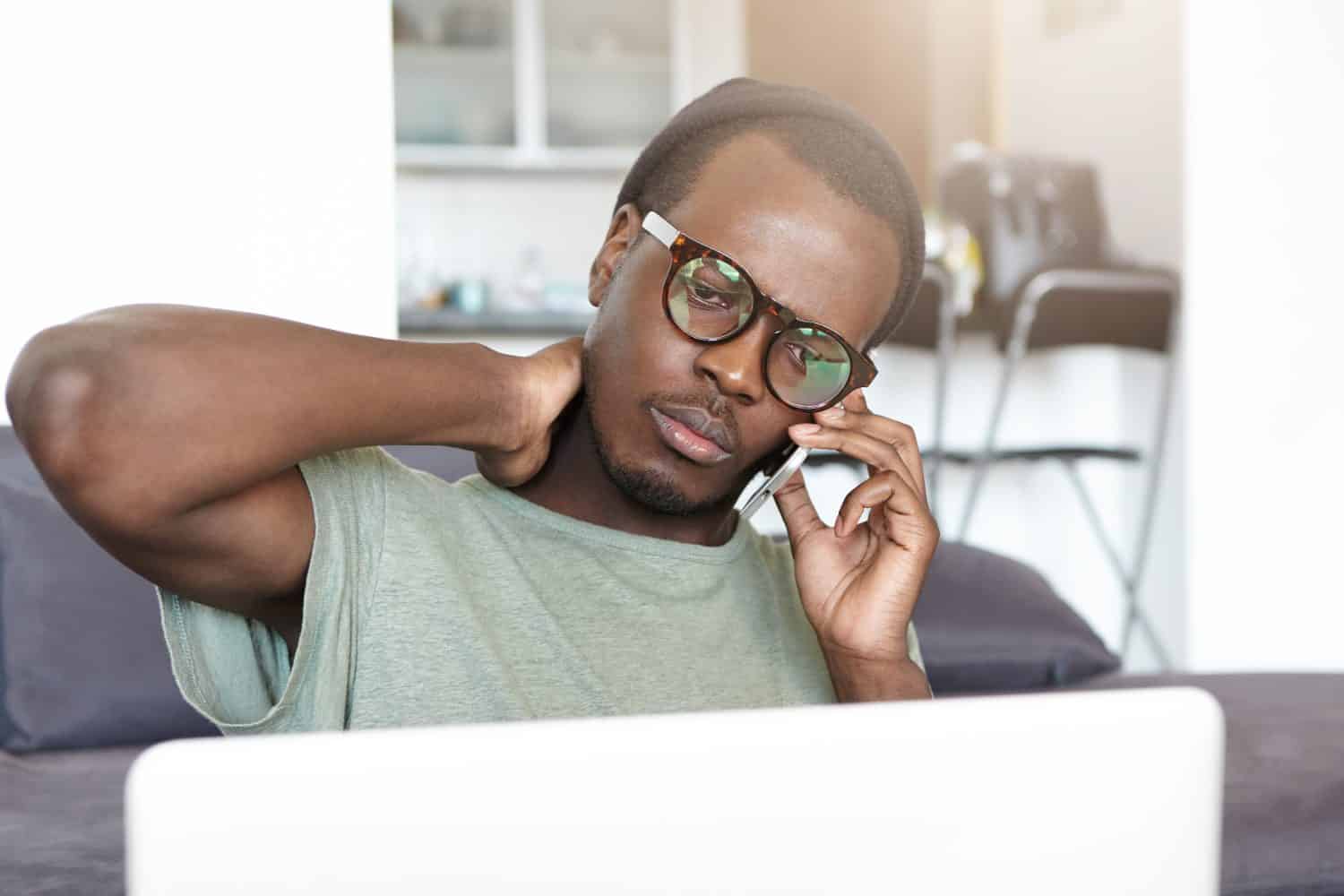
Neck rubbing is a sure sign that someone feels stressed. Massage is a way to ease stress. It can be a way to ease anxiety and panic that’s building while talking to others.
Nodding the head

This is one of the easier body language clues. People nod when they agree. However, if a person lacks the courage to state their own opinion, that nod may be fake. An eager nod denotes agreement while a quick nod may not be as convincing. It’s also worth noting that in some regions, a quick nod of the head is an easier way of acknowledging another person. It’s more of a “hi.”
Open vs. closed palms
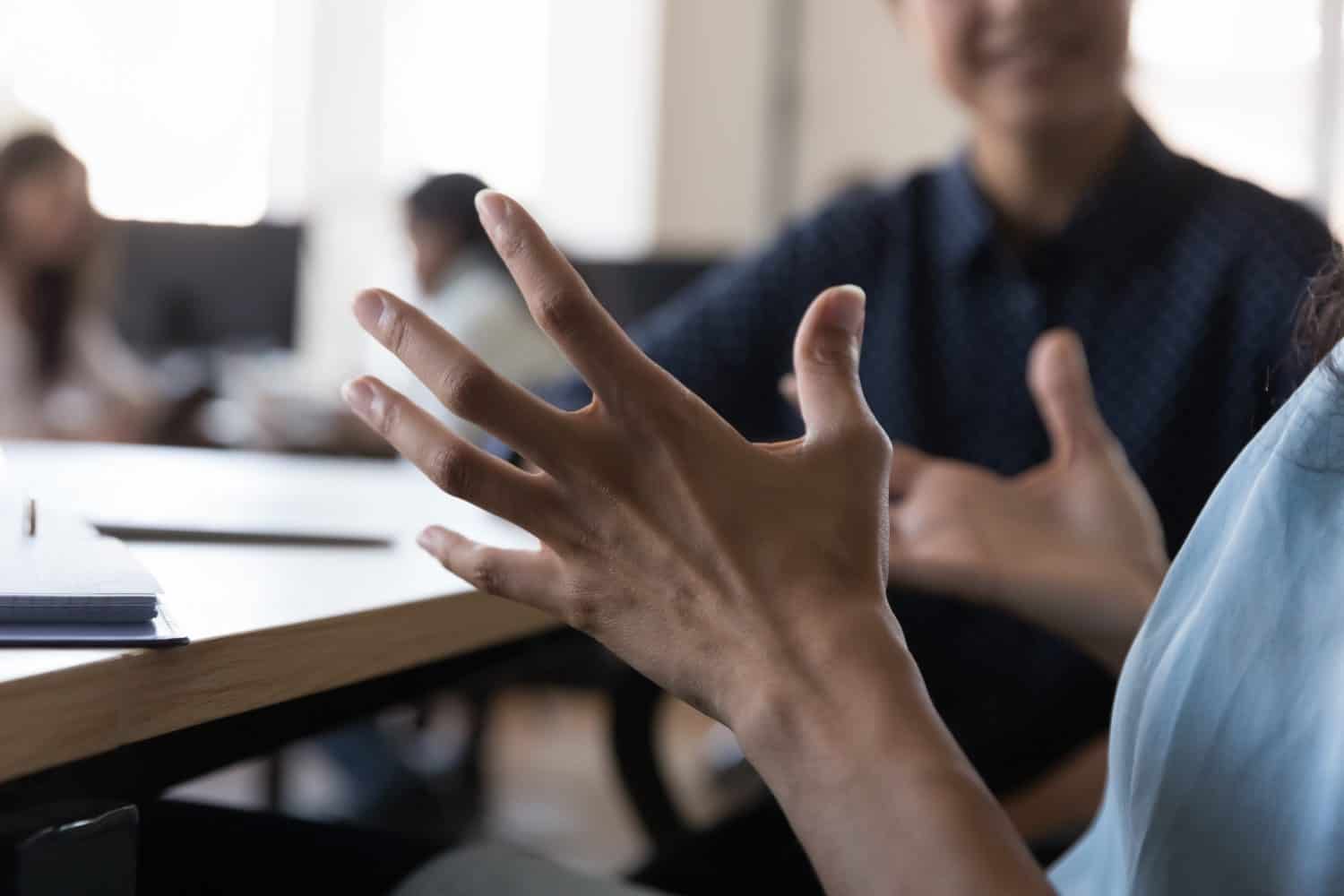
Another of my body language clues to look for is the open vs. closed palm presentation. When a person’s palms are open, they’re sincere. If they have their palms closed, they’re likely withdrawn and uncomfortable.
Pinching the bridge of the nose
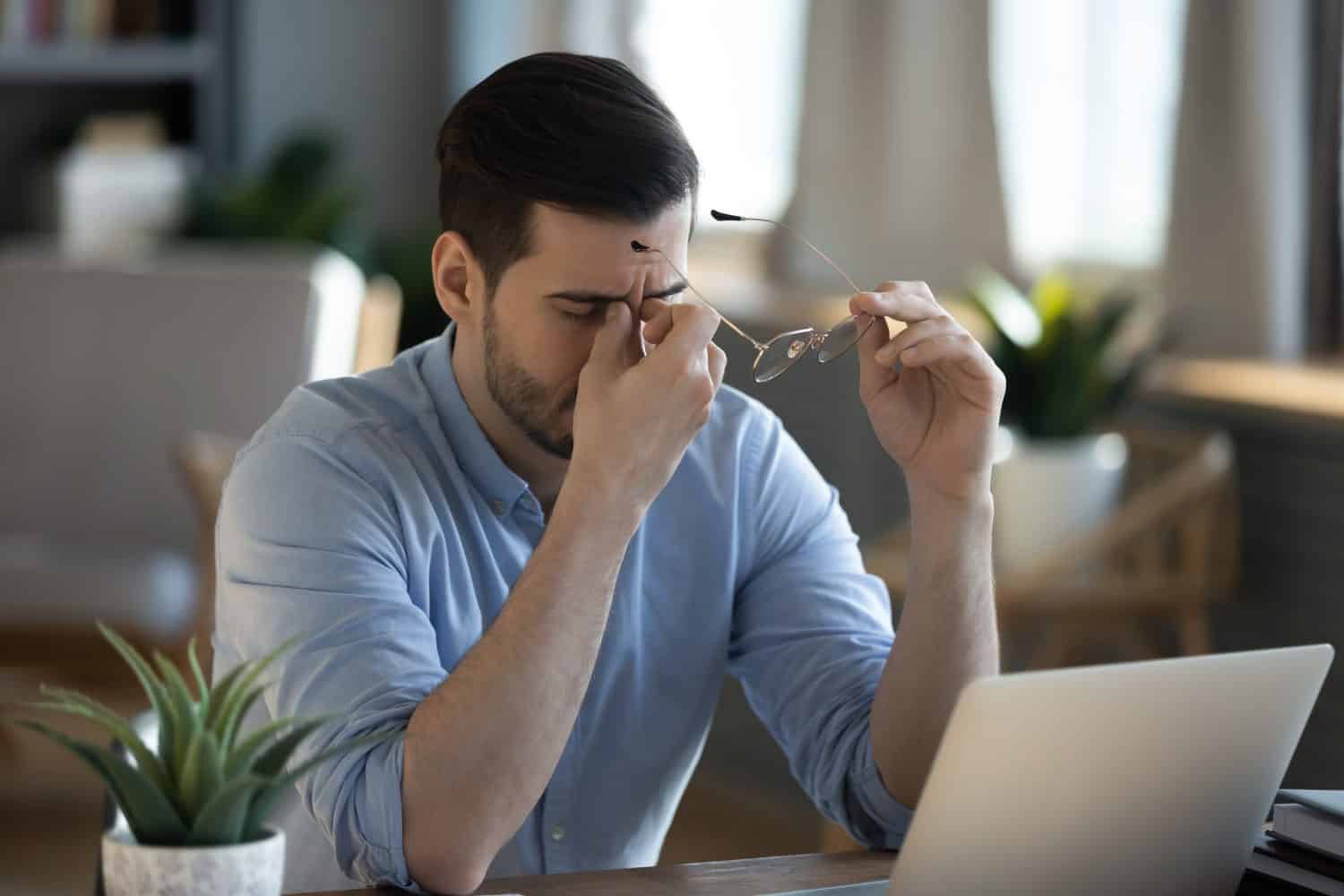
When a person pinches the bridge of their nose during a conversation, it’s a sign that they’re frustrated. They’re having negative thoughts about the topic at hand or something you said.
Pulling at the ears
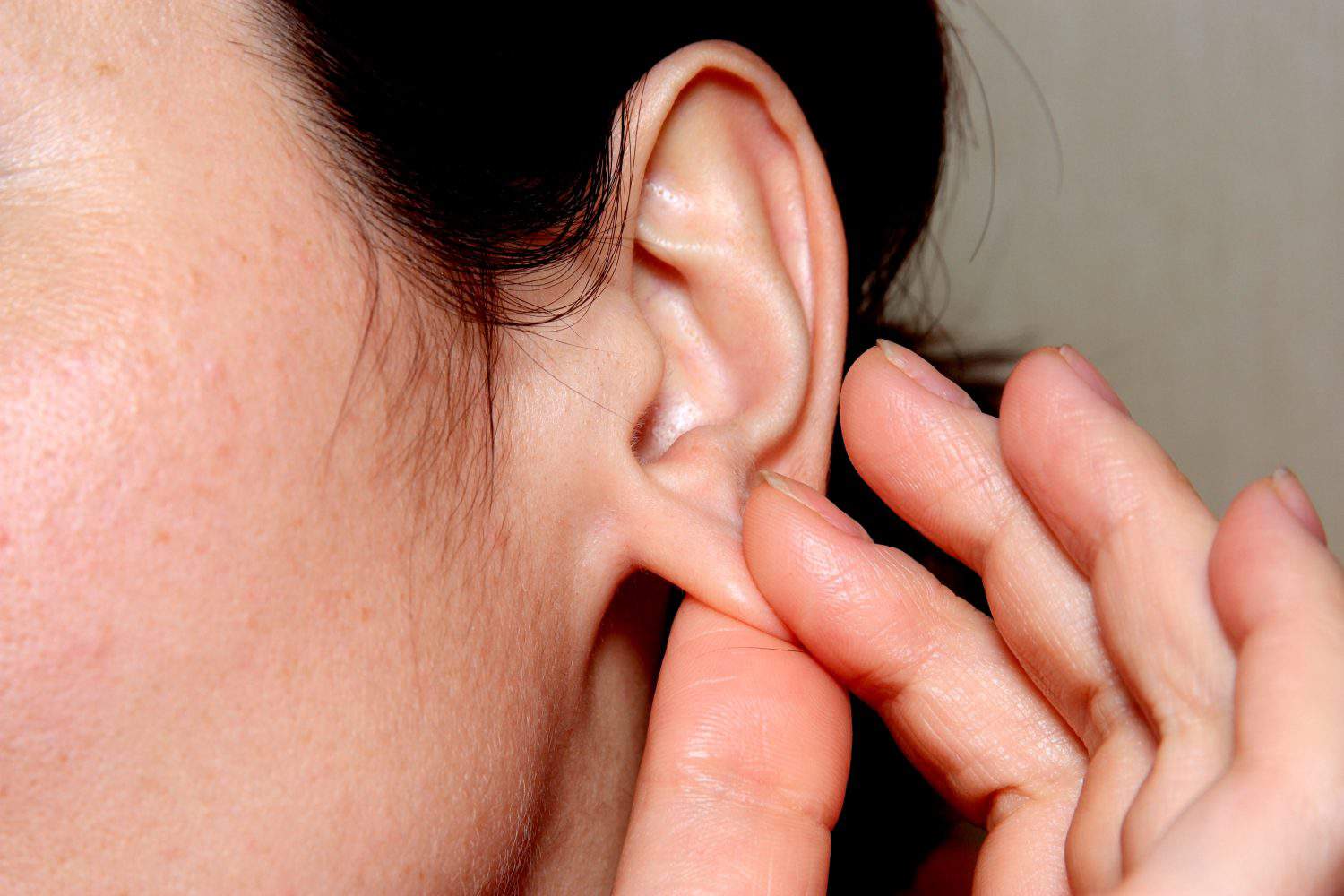
Back in the 1960s and ’70s, actress Carole Burnett became known for her show’s signoff where she pulled her earlobe. This was a gesture she made for her grandmother. In other people, pulling at the ears is a way to ease tension while talking to others or making a difficult decision.
Raised eyebrows

Another important facial expression to watch for is the raised eyebrow. A raised eyebrow is a sign that you’ve piqued the other person’s interest. They’re intrigued and want to know more. It also is a form of greeting in some cultures.
Resting the head in one or both hands

Resting the head in one or both hands is a body language sign that denotes being tired or unhappy. It’s often a sign of being completely done with whatever’s going on or not feeling well physically or mentally.
Rubbing the eyes
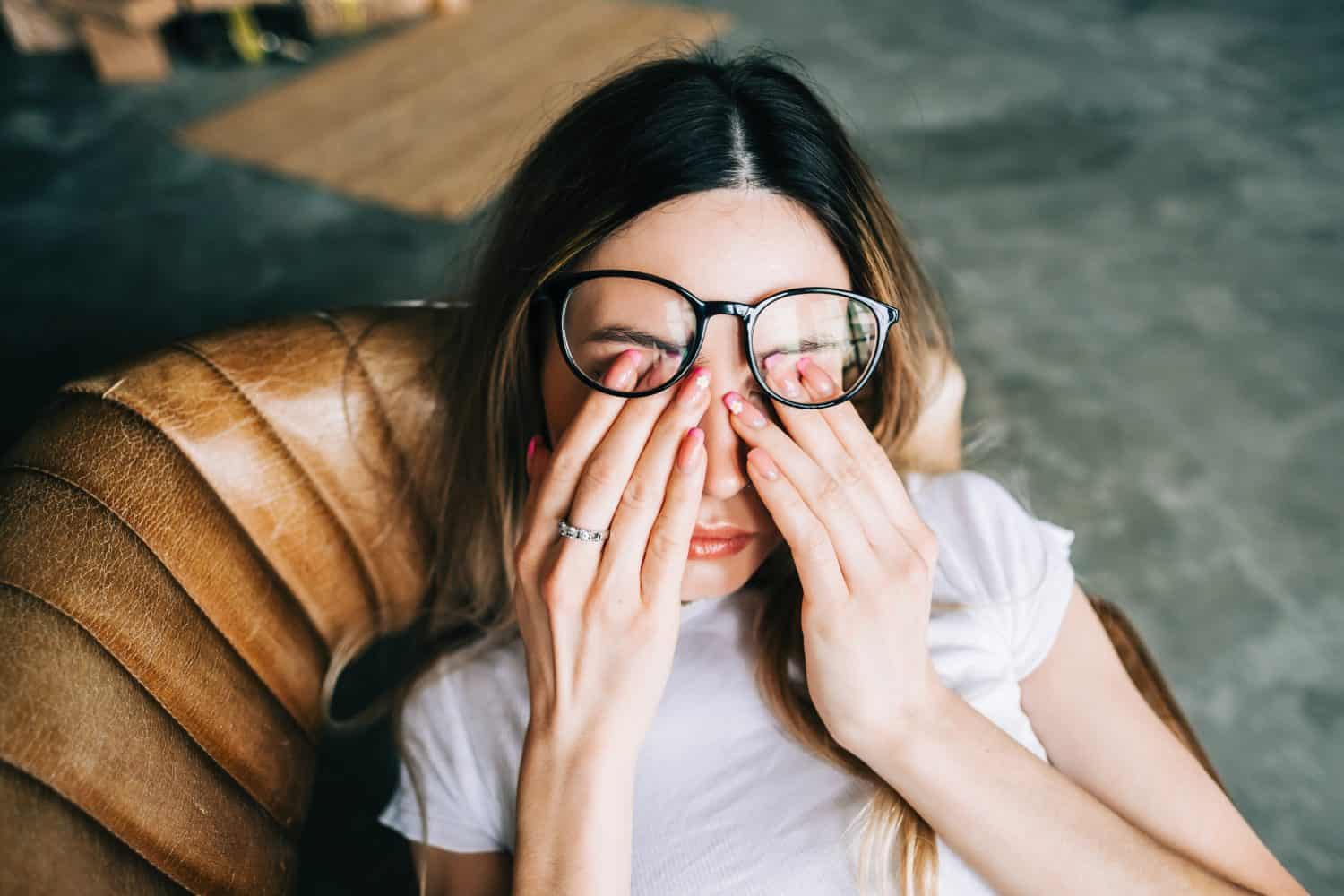
When a person is feeling tension, rubbing the eyes is a way to reset the tension. Someone who is rubbing their eyes in front of you is finding it hard to focus because of stress or irritation.
Rubbing or scratching the nose
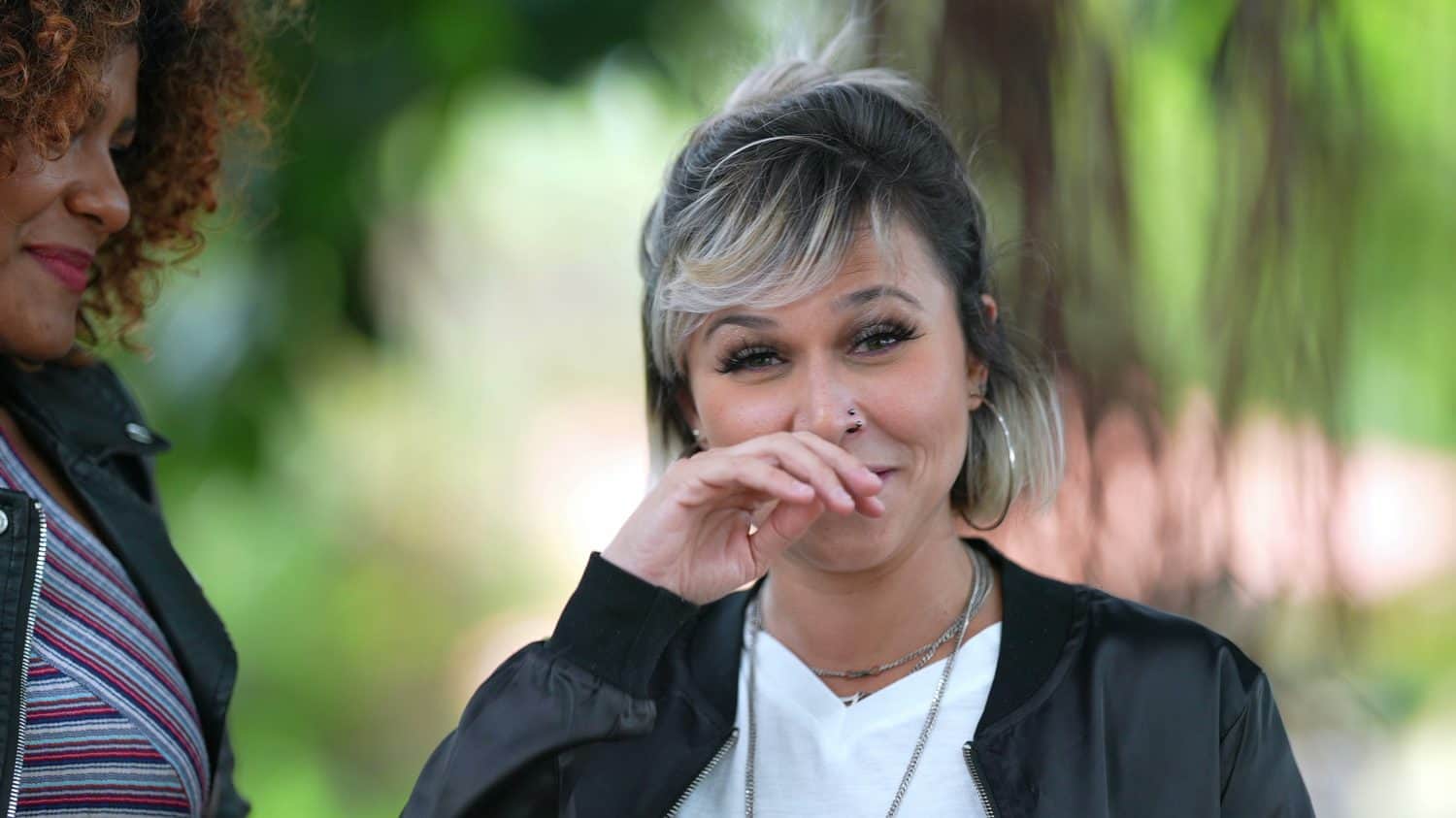
Everyone scratches their nose from time to time. If it’s happening during a conversation, it can indicate that the person is hiding something or lying.
Standing straight

When someone stands tall with a straight spine, they’re confident. They’re ready for challenges that come their way.
Tilted head

A tilted head is a body language sign that shows interest. The person is listening carefully to what you have to say and thinking carefully about it.
Twisting the hair
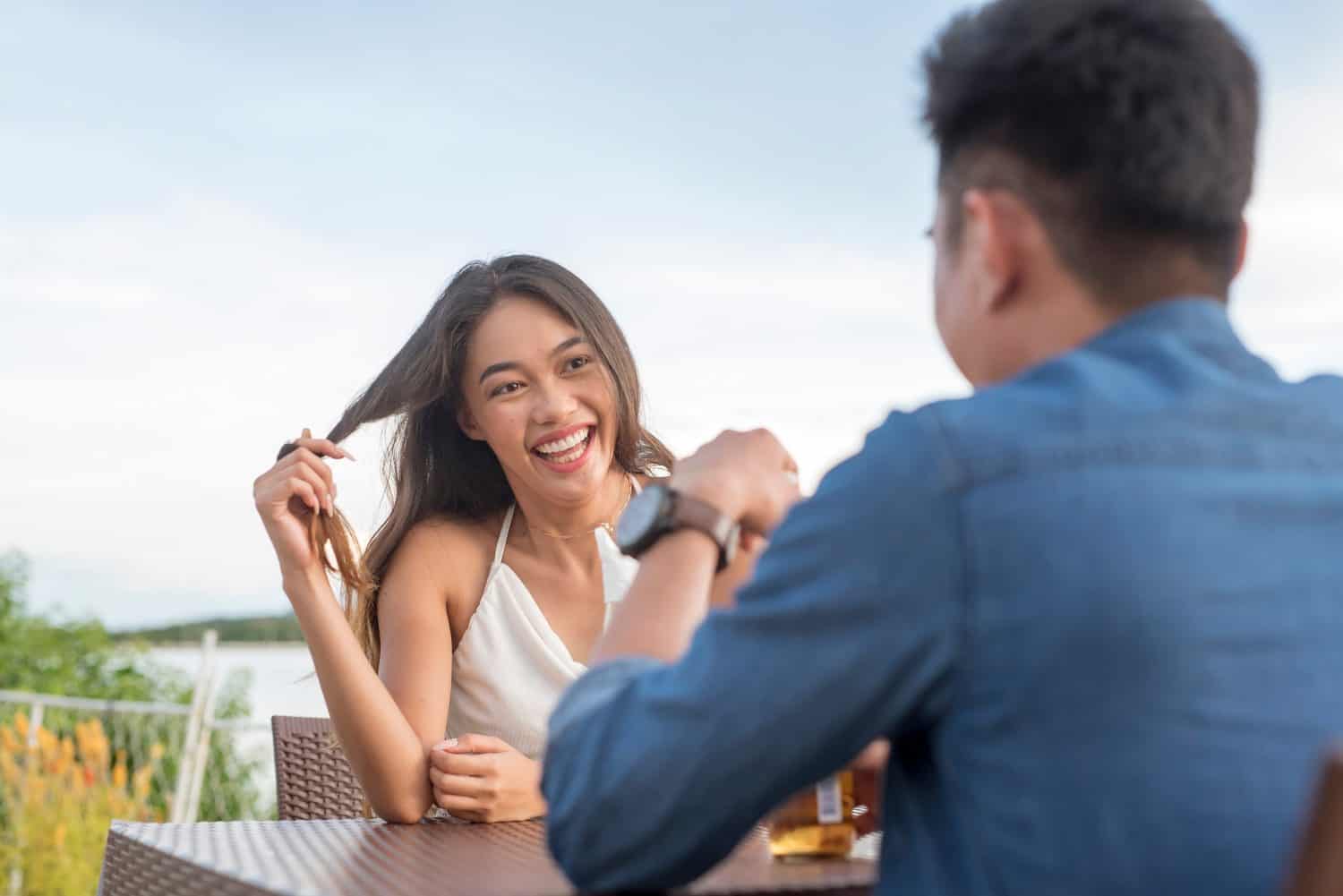
Hair twisting is the final item on my list of body language clues. When someone twists their hair, it can be flirtatious. It can also be a sign of nervousness and insecurity.
Using these insights, can you read body language? Check out the top 25 movie stars of 2018 and see if you can put your knowledge to the test with each star’s photo.
